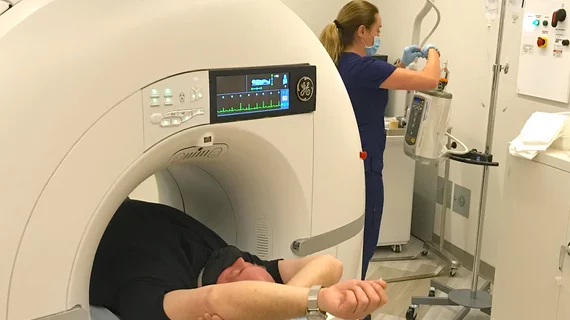How to manage patients in need of contrast-enhanced imaging following an allergic-like reaction
Allergic-like reactions to iodinated contrast media (ICM) are not all that common but when they do occur, providers must consider modifying their future use of such agents.
Up to one-third or more of patients who experience moderate or severe allergic-like reactions to ICM must have their imaging protocols revised when subsequent exams involving contrast are requested. Management varies based on individual characteristics, as there are no current standardized protocols relative to contrast reactions.
A new paper in the Journal of the American College of Radiology reviews the cases of more than 200 patients with a history of contrast reactions to better understand how they are addressed in the future if/when the need for contrast-enhanced imaging arises.
“Acute allergic-like reactions to iodinated contrast material, with symptoms including urticaria, erythema, wheezing and anaphylaxis, are uncommon (0.2% to 0.6%),” corresponding author of the paper Jennifer S. McDonald, PhD, from the Department of Radiology at Mayo Clinic in Rochester, Minnesota, and colleagues explained. “However, due to the high volume of contrast-enhanced CT exams performed in the United States each year (70 million in 2019), radiologists will routinely encounter patients with a history of allergic-like reaction to ICM.”
Out of the 251 patients included in the analysis, 90 had at least one adjustment to their subsequent imaging. Protocols were modified to eliminate the use of contrast during CT in 25% of patients and during MRI for 8.8%.
Of the 90 patients who underwent additional contrast-enhanced imaging, repeat allergic-like reactions occurred in 27% and just 6.8% sought an allergy consult for further evaluation.
The team cautions that although modified care was a frequent occurrence among their cohort (36%), providers must be careful when balancing the benefits versus the risks of repeat reactions and/or withholding contrast.
The study abstract is available here.

